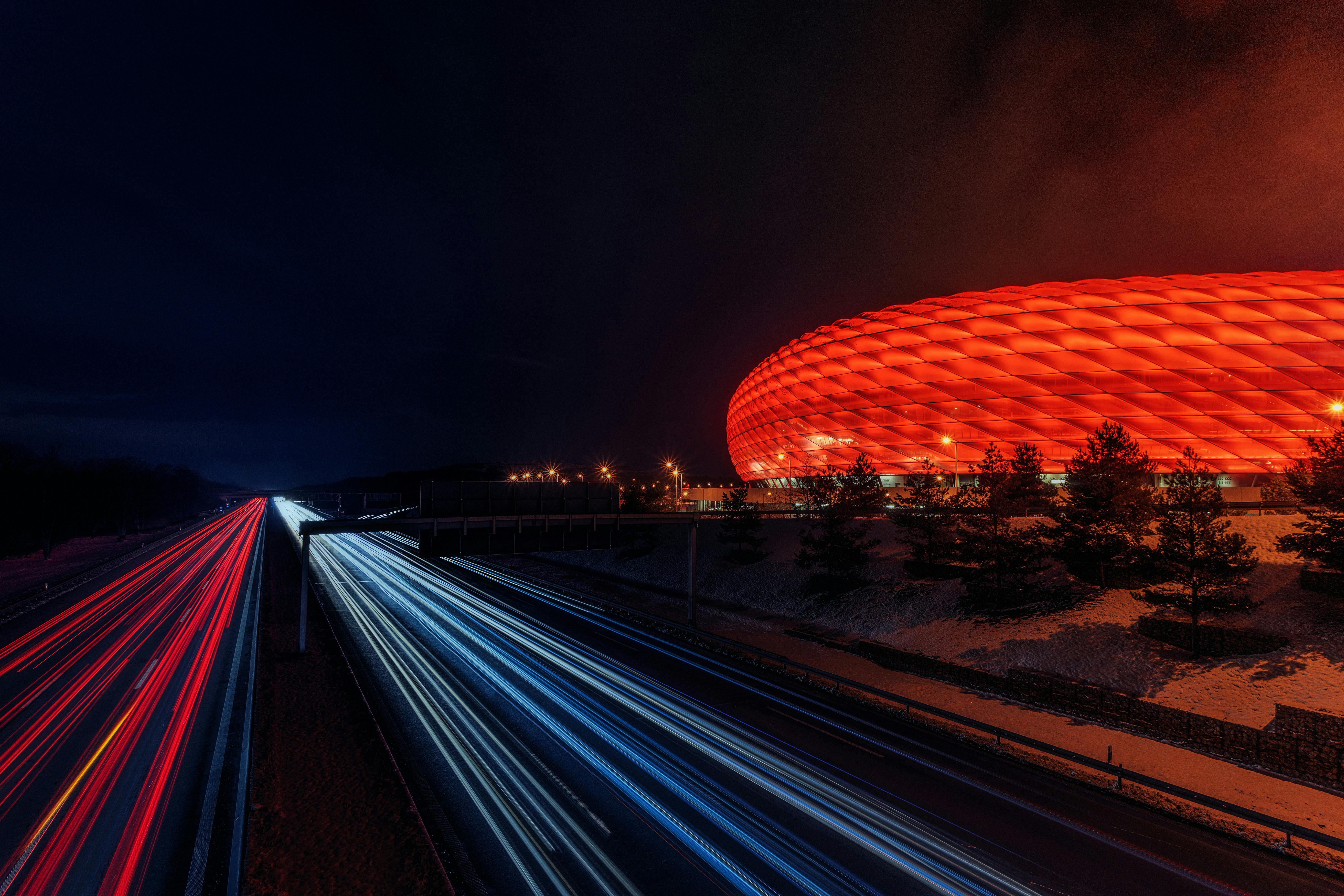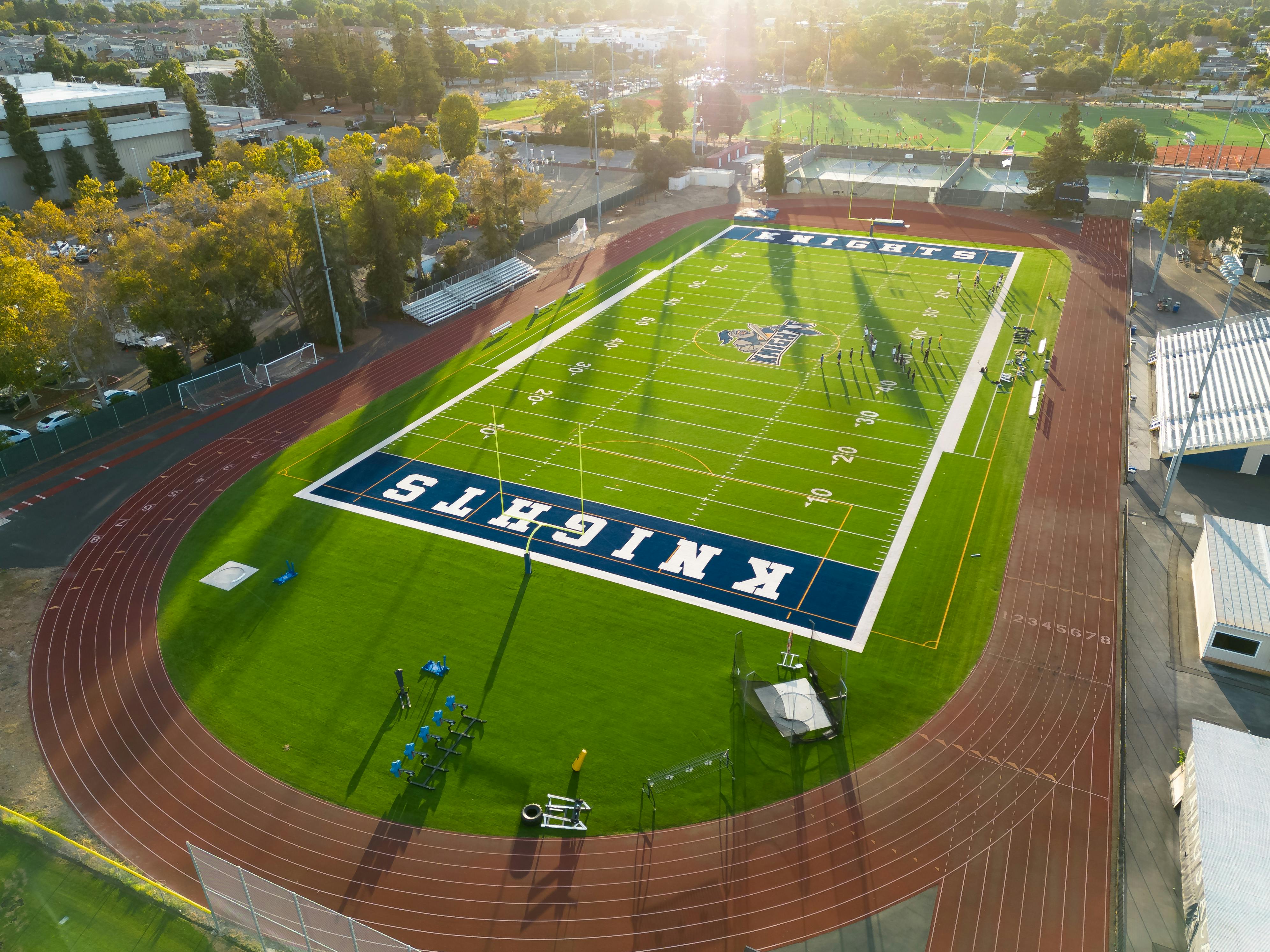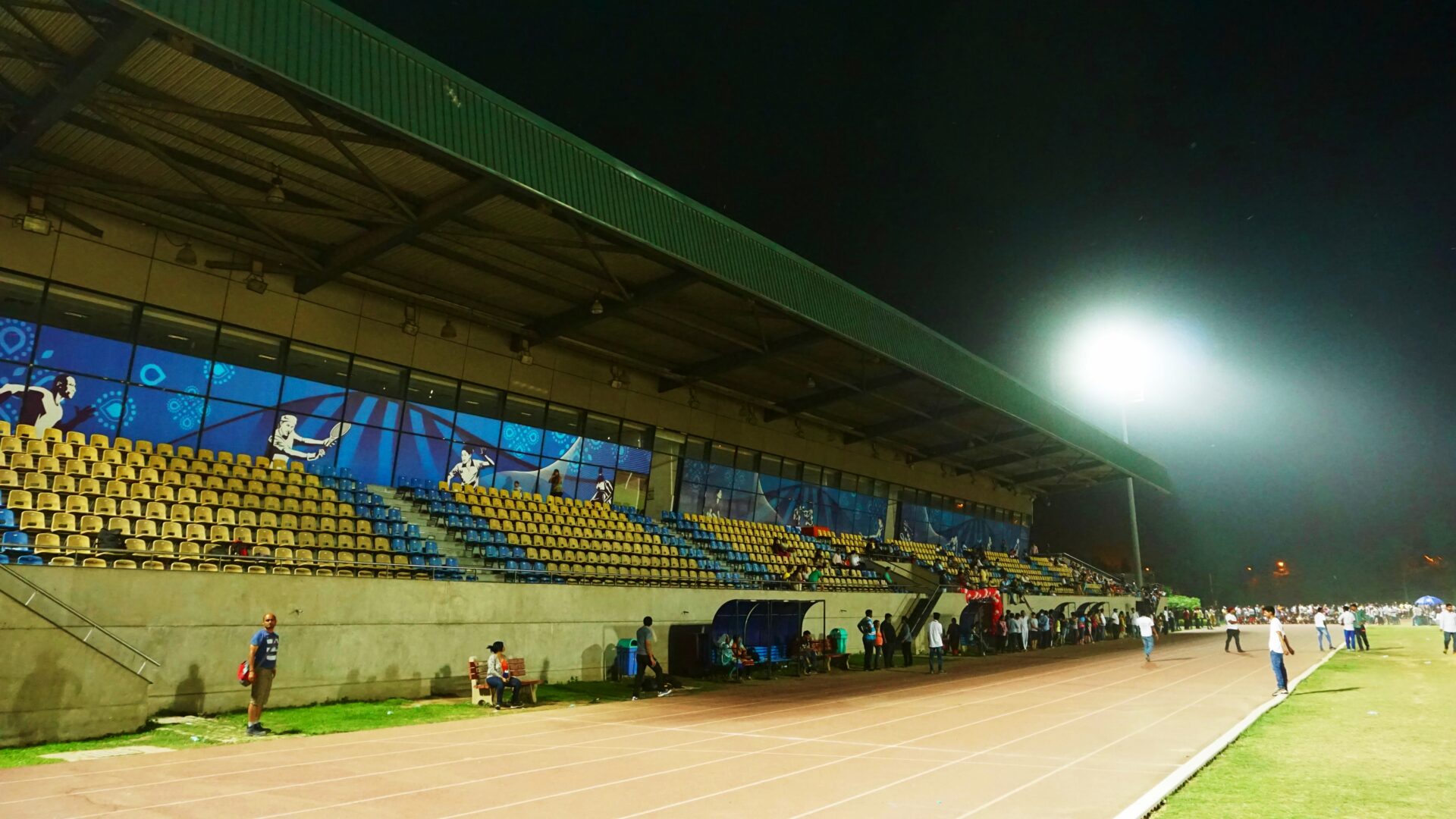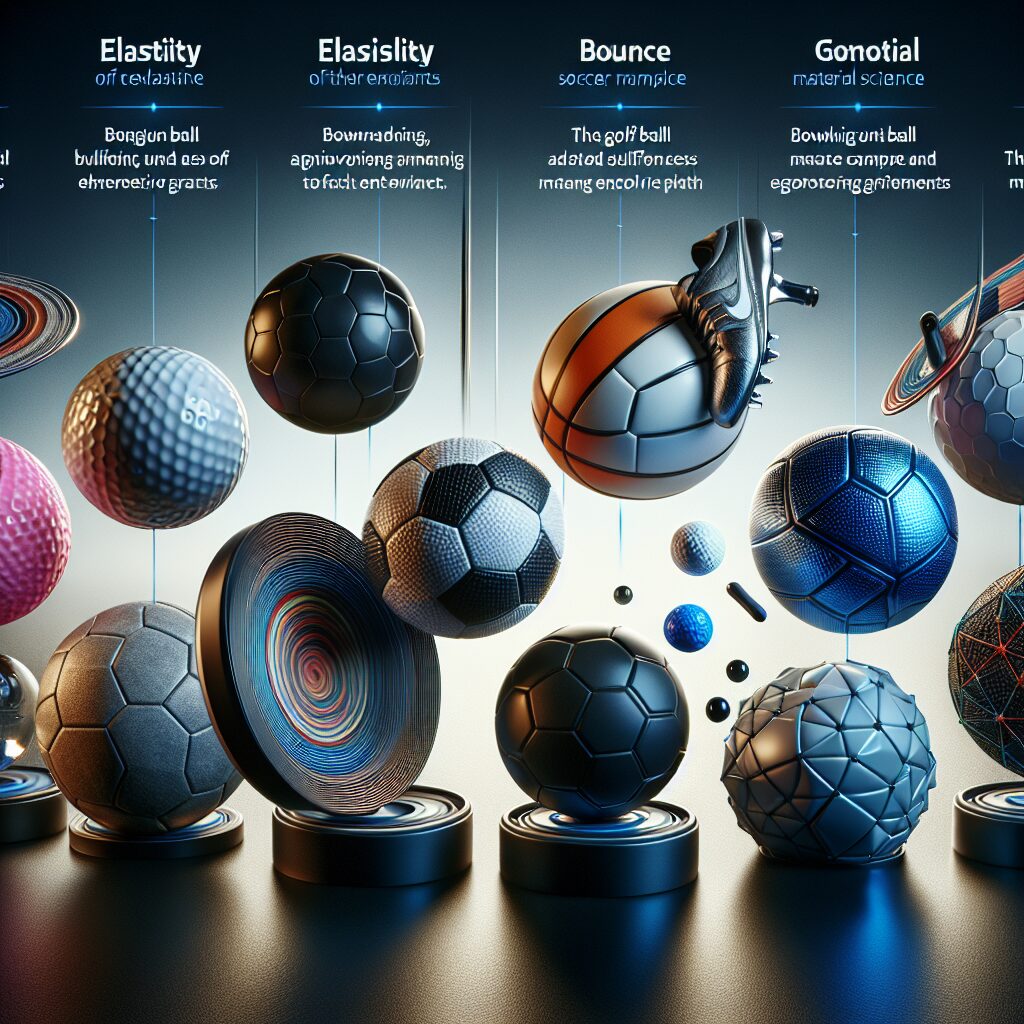Soccer is one of the most popular sports in the world, and part of its appeal is that it can be played at any level. An essential component of the game is the soccer ball, and one of the most interesting aspects of the sport is understanding how fast a soccer ball can travel. This article will explore how quickly a soccer ball can move when kicked by an experienced player.A soccer ball typically travels at a speed of around 50 to 55 miles per hour during kickoffs and free kicks.
Factors That Affect the Speed of a Soccer Ball
The speed of a soccer ball can vary greatly depending on the force of the kick, the type of spin applied to the ball, and the surface it is kicked on. The force behind a kick is determined by the player’s strength and technique. It is important for players to learn proper kicking technique in order to maximize their kicking power. The type of spin applied to a ball can also affect its speed. For example, backspin will cause a soccer ball to travel slower than if it had no spin applied at all.
The surface on which a soccer ball is kicked can also have an effect on its speed. Harder surfaces such as concrete or asphalt will cause a soccer ball to travel faster than softer surfaces such as grass or sand. This is because harder surfaces provide less friction for the ball, allowing it to travel faster. Additionally, air resistance can slow down a soccer ball when it is traveling through the air for long distances or at high speeds.
In addition to these factors, weather conditions can also affect the speed of a soccer ball. Windy conditions can cause a soccer ball to travel faster due to decreased air resistance, while wet conditions can slow down a soccer ball due to increased friction between the surface and the ball. Finally, temperature can have an effect on both air resistance and friction which in turn affects the speed of a soccer ball.
Overall, there are many factors that affect the speed of a soccer ball including kicking force, type of spin applied, surface it is kicked on, weather conditions, and temperature. By understanding how each factor affects the speed of a soccer ball players are better able to control their kicks and reach their full potential as players.
The Physics Behind the Speed of a Soccer Ball
The speed of a soccer ball is determined by the force exerted to it during the kick. This force is dependent on the physical properties of the ball, such as its mass, and the physical properties of the kicker, such as their muscle strength and flexibility. When a soccer ball is kicked, the ball accelerates. This acceleration is caused by Newton’s second law of motion which states that force equals mass times acceleration (F=ma). Therefore, when a force is applied to a mass, it will accelerate in proportion to that force.
The speed and trajectory of a soccer ball can also be affected by air resistance and spin. The more surface area exposed to air resistance, the more drag will occur which affects how far and fast the ball will travel. Additionally, spin can be used to control how far and fast a soccer ball travels by increasing or decreasing its air resistance depending on how it’s kicked. A curved trajectory can also be generated by spinning or imparting backspin on the soccer ball during contact with your foot.
Ultimately, when it comes down to it, mastering the physics behind kicking a soccer ball takes time and practice. It’s important to take into consideration all of these factors when trying to maximize your speed and accuracy with each kick you make. With enough practice and dedication you will be able to master this skill in no time!
The Maximum Speed of a Soccer Ball
The maximum speed of a soccer ball is an important factor in determining the overall performance of the game. It is essential that the ball be able to move quickly and accurately, enabling players to make shots and passes with precision. The speed of the ball also determines how far it will travel when kicked, allowing for longer passes and shots over greater distances. The maximum speed for a soccer ball varies depending on the type of ball being used and its size, as well as the power with which it is kicked.
An average soccer ball can reach speeds of up to 50 miles per hour when kicked correctly. This speed can be increased or decreased depending on the type of surface it is being used on and the power with which it is kicked. A harder surface will allow for greater speeds, while softer surfaces will result in slower speeds. In addition, a heavier ball will generally move slower than a lighter one due to its added weight.
The maximum speed can also be affected by air resistance and wind conditions. Stronger winds can slow down a soccer ball’s speed, while weaker winds can increase its speed slightly. Air resistance also plays a role in how quickly the ball travels; a denser atmosphere will cause more drag on the ball than a less dense one.
Soccer balls are generally made from leather or synthetic material; both materials have different properties which affect their maximum speeds. Leather balls are typically heavier than synthetic balls, resulting in lower maximum speeds while synthetic balls tend to be lighter and thus capable of reaching higher maximum speeds when kicked correctly.
Ultimately, there is no definitive answer as to what constitutes the maximum speed of a soccer ball as numerous factors come into play when it comes to determining this figure. However, by taking into account all relevant factors such as surface type, air resistance, wind conditions and material type, players should be able to get an idea of what their soccer balls are capable of achieving at their highest possible speeds.
Human Factors That Influence the Speed of a Soccer Ball
The speed of a soccer ball is determined by a variety of human factors. The most important factor is the amount of force applied to the ball by the kicker or passer. The more force applied, the faster the ball will travel. The accuracy of the kick or pass also plays an important role in determining the speed of the ball. If a kick or pass is not accurate, then it will not travel as far and, thus, will not reach its full potential for speed.
Another human factor that can influence the speed of a soccer ball is air resistance. When a soccer ball moves through the air, it experiences drag due to friction with air molecules. This drag reduces its overall speed and can be minimized by using a smooth, aerodynamic soccer ball design that minimizes air resistance.
Finally, environmental factors such as wind and humidity can also affect the speed of a soccer ball. Wind can either slow down or speed up a soccer ball depending on whether it is blowing against or with it respectively. Humidity affects air resistance which can slow down a soccer ball as well.
In conclusion, there are many human factors that can influence the speed of a soccer ball including how much force is applied to it when kicking or passing, its aerodynamic design and shape, and environmental conditions such as wind and humidity. By understanding how these factors work together, players can optimize their performance on the field and achieve maximum performance from their kicks and passes.

Environmental Factors That Impact the Speed of a Soccer Ball
The speed of a soccer ball is impacted by several environmental factors. The most important of these factors are air temperature, wind velocity, and surface friction. When any of these conditions are present, they can affect the ball’s speed and trajectory.
Air temperature affects the speed of a soccer ball because colder air creates less lift and drag than warm air. When air is cooler, the ball will travel faster and farther than when it is in warmer air. Similarly, wind velocity affects the speed of a soccer ball because it can provide either resistance or assistance to its flight depending on which direction the wind is blowing. If the wind is blowing against the ball’s flight path, it will slow down its speed; conversely, if the wind is blowing in the same direction as the ball’s flight path, it will increase its speed.
Finally, surface friction also impacts the speed of a soccer ball since it reduces its energy over time as it travels across different surfaces like grass or concrete. The amount of friction present on a surface has an inverse effect on how quickly a soccer ball will move; if there is more friction present on a surface, then the ball will travel slower than if there was less friction present.
In summary, air temperature, wind velocity, and surface friction all influence how quickly a soccer ball travels from one location to another. Understanding these environmental factors can help players better predict how their shots will behave so that they can make better decisions when playing this sport.
Comparing the Speed of a Soccer Ball With Other Sports Balls
Comparing the speed of a soccer ball to other sports balls is an interesting exercise. The soccer ball, also known as a football, is one of the most popular sports balls in the world. It is used in a variety of different sports and games. But how does its speed compare to other sports balls? Let’s take a look.
When it comes to fast-moving sports balls, it is difficult to beat the speeds achieved by tennis and squash balls. These small but powerful balls can move at speeds of up to seventy miles per hour when struck with a racket. By comparison, soccer balls usually travel at around fifty miles per hour when kicked.
Cricket and baseballs are both heavier than soccer balls and therefore travel more slowly through the air. Cricket balls typically reach speeds of around forty-five miles per hour while baseballs are usually clocked at around eighty-five miles per hour when thrown by professional pitchers.
Finally, basketballs are among the slowest moving sports balls with average speeds between twenty and thirty miles per hour when thrown or dribbled. This makes them slower than both cricket and baseballs but faster than soccer balls.
In conclusion, it is clear that soccer balls travel at lower speeds than many other types of sports ball such as tennis or squash balls, cricket or baseballs, and basketballs. However, this does not mean that they are any less enjoyable or exciting to play with; they just have different characteristics which make them suited to different types of games and activities.
Increasing the Speed of a Soccer Ball
The speed of a soccer ball is an essential part of the game, and it can often determine the outcome. Increasing the speed at which a soccer ball moves can give players an advantage over their opponents. There are several strategies that players can use to increase the speed of their ball during play.
Practice Shots
One of the most effective ways to increase the speed at which a soccer ball moves is through practice shots. Practicing regularly with different kinds of shots will help players learn how to control and adjust the power and direction of their shots, allowing them to hit the ball with greater force and accuracy. Players should also try different surfaces when practicing, as this will help them understand how different surfaces interact with their shots and may be able to find areas that allow for more power behind their shots.
Conditioning Exercises
Conditioning exercises are also important if players want to increase the speed at which they can strike a soccer ball. Building up strength in core muscles such as those found in the stomach, lower back, and legs will help players generate more force when they kick or strike the ball. This increased strength can result in greater speeds when striking with either foot or head.
Focus on Technique
In addition to strength and practice, focusing on technique is also important for increasing speed with a soccer ball. Paying attention to small details such as body position, direction of movement, and follow-through all play a role in generating power behind each shot or kick. Players should always strive for perfection in these areas in order to achieve maximum speed from each strike or kick.
By using these strategies, players can greatly increase their speed when striking or kicking a soccer ball during game play. With proper practice and conditioning, players can give themselves an advantage over opponents by becoming more accurate and powerful with each shot they take while still maintaining control over where it goes on the pitch.

Conclusion
The speed of a soccer ball varies significantly, depending on the type of kick being used and the power applied. A powerful shot from a professional player can exceed 80 mph, while a weak shot from an amateur may be as slow as 20 mph. Additionally, the ball’s aerodynamic shape allows it to travel further than other sports balls. The combination of speed and distance makes the soccer ball an impressive projectile.
Overall, it’s clear that soccer balls travel quickly and can easily cover large distances in a single shot. It is no wonder that soccer is such a popular sport worldwide – the thrill of watching a powerful shot soar across the pitch is incomparable!
Whether you’re watching or playing, it’s important to remember just how fast a soccer ball can travel. While this means exciting shots for the viewers, it also means that players must remain alert and be prepared for quick changes in direction if they want to keep up with the game!




